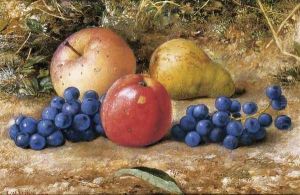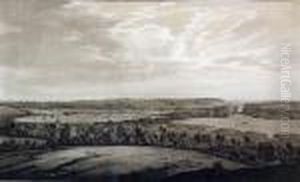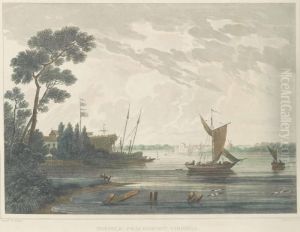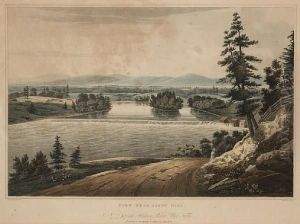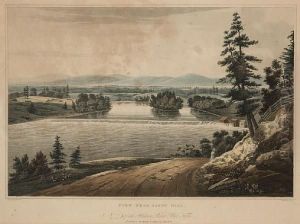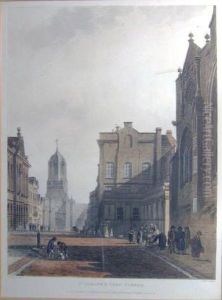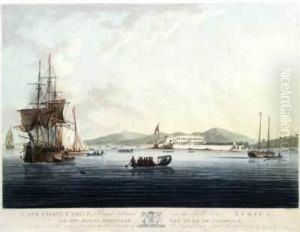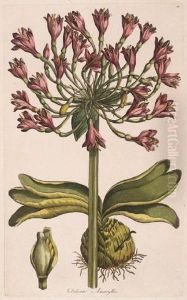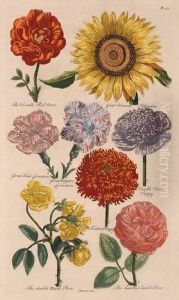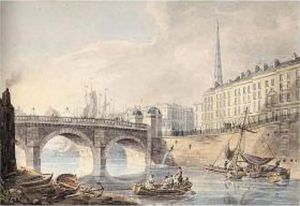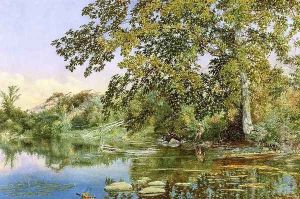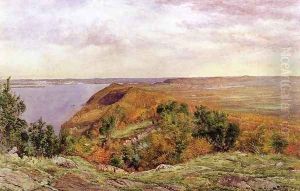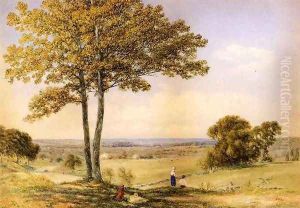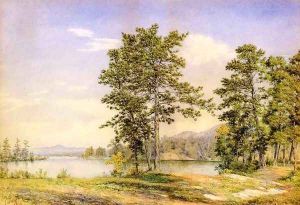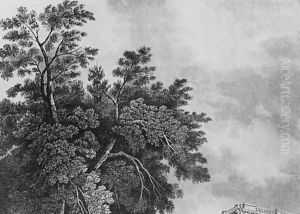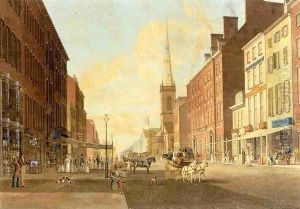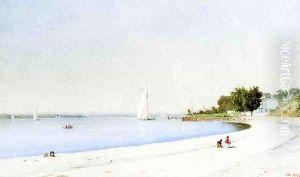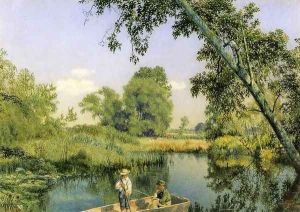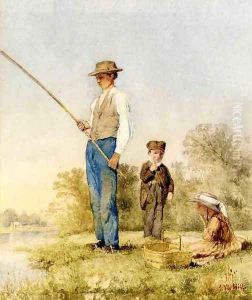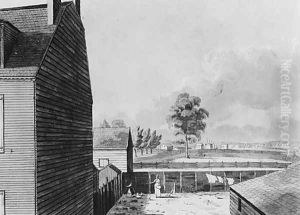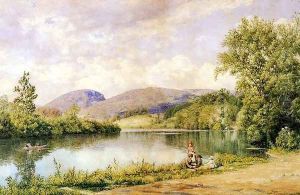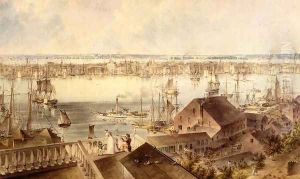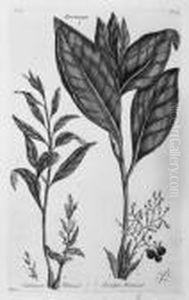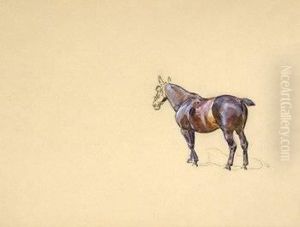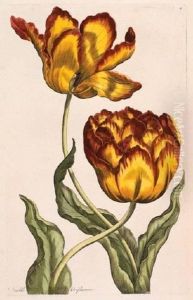John Hill Paintings
John Hill, also known as John William Hill, was a British-born American artist who was active during the 19th century. Born in London in 1770, Hill was the son of the notable aquatint engraver Thomas Hill. He emigrated to the United States with his family around the turn of the 19th century, where he would continue the family tradition in the arts.
Hill is primarily known for his work in aquatint, a form of etching used to replicate the effects of watercolor paintings, which was popular in the late 18th and early 19th centuries for reproducing landscapes and other images. He became one of the most prominent practitioners of aquatint engraving in America, particularly noted for his landscapes and topographical views.
During his career, he collaborated with other artists and was involved in significant projects, such as the documentation of American cities and natural scenery. One of his most noted works is the aquatint series based on watercolors by the artist William Guy Wall, titled 'Hudson River Portfolio', which was an ambitious series of prints that depicted the beauty of the Hudson River and its surroundings.
Hill's work during the 19th century contributed to the development of American landscape art, and his prints provided a visual record of the changing American scenery of his time. His ability to capture the subtleties of light and atmosphere in his prints was particularly admired.
John Hill passed away in 1850, leaving behind a legacy as one of America's early masters of aquatint engraving. His works remain an important part of the history of American art and continue to be studied for their technical prowess and historical significance.
